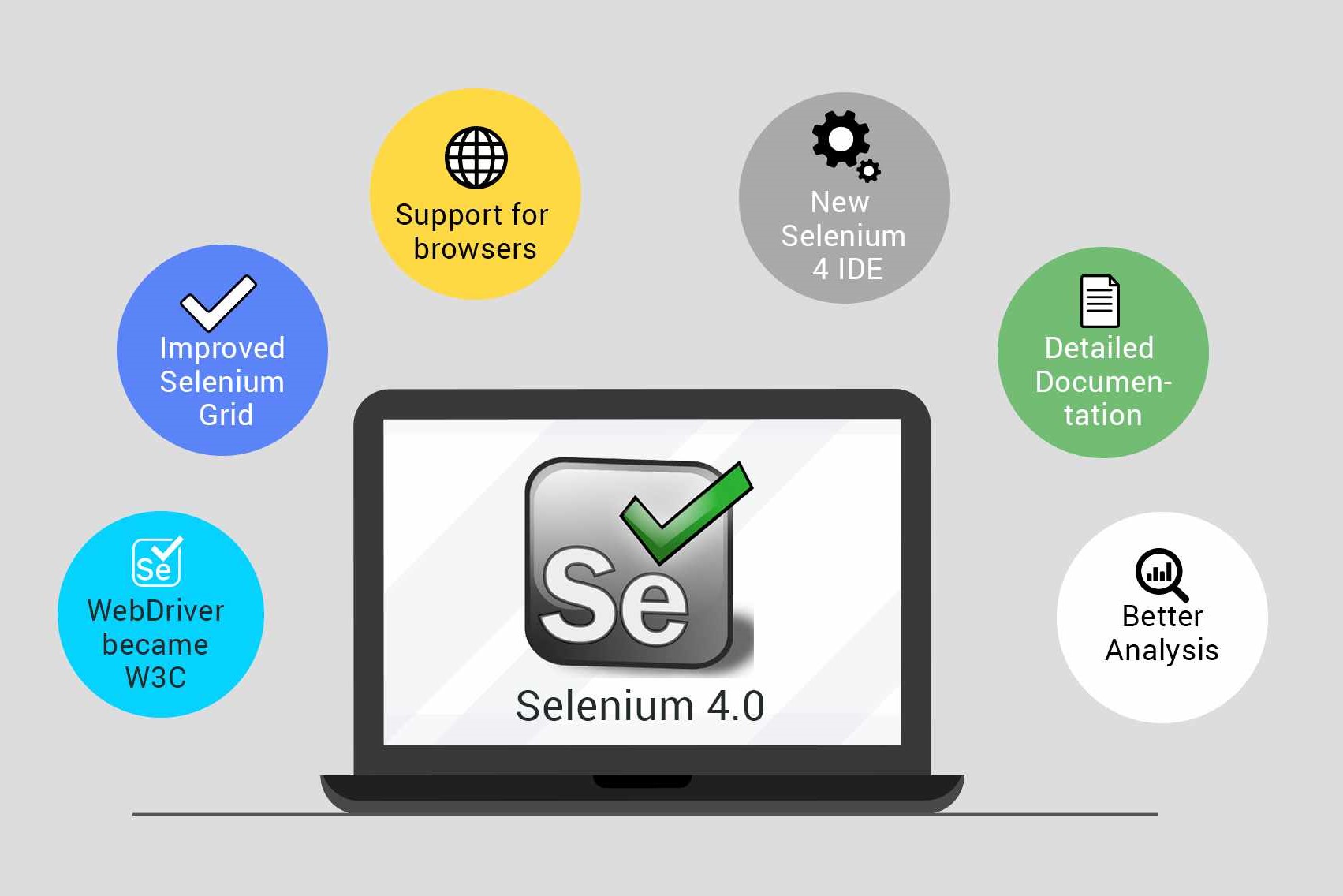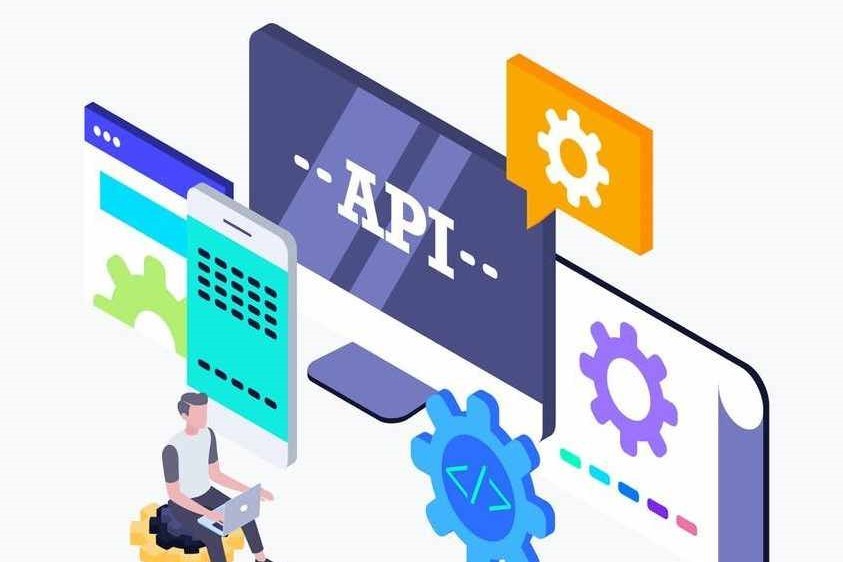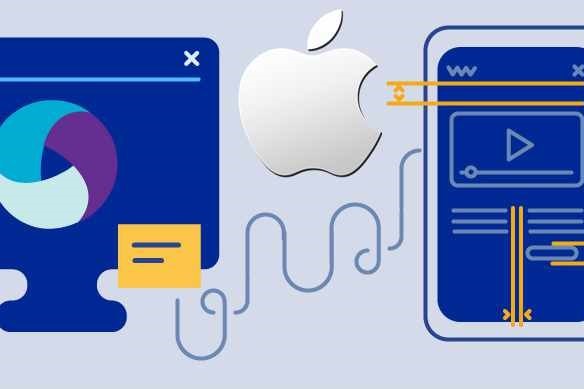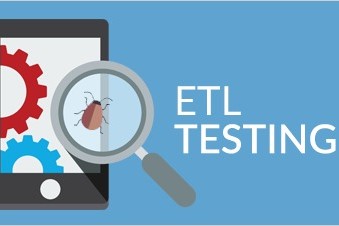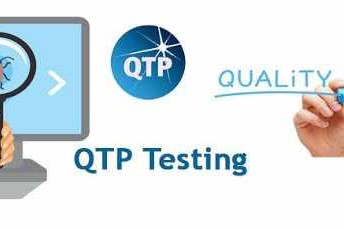Course Information
- Course Price $250
- Total Students 800+
- Course Duration 4 Weeks
Description
Automating browser is the key role of Selenium. Majorly, Selenium is for automating web applications for the purpose of testing, but is not confined to just that. Mundane web-based administration activities should be activated too. Selenium is one of the top and demanding automation testing tools. The process of software testing will be performed using automation scripts. Then the defects can be gathered and rectified. It is an open source, portable, platform independent automation testing tool that is developed on Java. Selenium is the best tool that includes software hosts with supplying a variety of testing needs of an organization. And it consists of the following four elements:
- Selenium Remote Control (RC)
- Selenium Integrated Development Environment (IDE)
- Selenium Grid
- WebDriver
Selenium gains the support of some of the leading browser vendors who have endeavoured to make Selenium a native part of their browser. It is also the base technology in various other browser automation tools, frameworks and APIs.
Benefits
- Grasping the business requirements, application and its components.
- Updating Framework functions as and when required
- Developing and implementing the Automation Test Scripts
- Going through the Test Reports and arranging Test Summary Report.
- Arranging test scenarios and test results.
- Reporting any defects on daily basis
- Executing automation with the help of Selenium WebDriver, Selenium Grid, Java, Cucumber, Maven.
Java Essentials for Selenium
- Installing Java
- Installing Eclipse
- First Eclipse Project
- First Java program
- Concept of class file
- Datatypes in Java
- String class and functions
- Conditional Statements
- Loops
- Arrays
- Single Dimensional Arrays
- Two Dimensional arrays
- Practical usage of arrays in Selenium
- Operators
- What are Functions?
- Function Input Parameters
- Function Return Types
- Object-Oriented Programming in Java
- Local Variables
- Global Variables
- Static and Non-Static Variables
- Static and Non-Static Functions
- Creating Objects in Java
- Meaning of static
- Why is main method static?
- Object and Object References
- Call by reference and Value
- Overloading and Overriding Functions
- Access Modifiers – Public/Private/Default/Protected
- Constructors
- Interface
- Usage of Objects in Selenium
- Inheritance
- Usage of Inheritance in Selenium
- Creating Packages
- Accessing Classes across Packages
- Exception handing with try catch block
- Importance of exception handling
- Exception and Error
- Throwable Class
- Final and Finally
- Throw and Throws
- Different Types of Exceptions
- Need of exception handling in Selenium framework
- Creating/Opening XLS Files
- Reading/Writing Microsoft XLS Files
- Counting Rows and Columns
- Filling BG/Font Colours
- Practical Examples
- Creating/Opening Text Files
- Reading/Writing Text Files
- Practical Examples
- Connecting to Databases
- MySQL
- Oracle
- SQL Server
- Sending SQL Queries to Database
- Process the Results
- Practical Examples
Selenium
- What is Selenium?
- Who developed Selenium?
- Selenium Components
- Installing Selenium IDE
- Creating your First Selenium IDE script
- How to use Locators in Selenium IDE
- How to enhance a script using Selenium IDE
- Creating and Running Tests
- Creating and Running Test Suite
- Introduction to WebDriver & Comparison with Selenium RC
- Installing Selenium WebDriver
- Architecture of selenium Web driver
- Creating your First Script in Web driver
- Launching AUT in Firefox
- Launching AUT in Internet Explorer
- Launching AUT in Chrome
- Launching AUT in Safari
- Inspecting properties of Elements on different Browsers
- Installing Firebug and Fire Path
- Creating Firefox Profile
- Browser
- TextBox
- ListBox
- Links
- Check Box
- Radio Button
- HTML Tables
- Calendars
- Action Class
- KeyBoard Events
- Drag & Drop Actions
- Mouse Hover Action
- RightClick, Double Click & Tool Tip
- getwindowHandle()
- getwindowHandles()
- Switching between windows
- Handling elements present in different windows
- accept()
- dismiss()
- getText()
- sendKeys()
- What is iFrame?
- Locating Frames
- Switching between Frames
- Handling Frames
- Handling Ajax Components
- What is XPath
- When to Use XPath
- Absolute XPath/Relative XPath
- Specifying conditions with XPath
- CSS Selectors
- Customizing CSS Selector
- ImplicitWait
- WebDriverWait
- FluentWait
- PageLoadTimeout
- Advantages of TestNG over JUnit
- Why do we need TestNG in Selenium?
- Installing TestNG in Eclipse
- Creating a New TestNG Test File
- Test annotation
- Running the Test
- Checking reports created by TestNG
- Generating HTML Reports
- Annotations used in TestNG
- Validating Tests with Assertions
- Creating multiple Tests
- Prioritizing Tests
- Parameterizing Tests with dataProvider
- TestNG dataProvider with Excel
- Creating and Running Test Suites with TestNG.xml
- Parallel Test Execution with TestNG
- Cross Browser Testing using TestNG
- Modular Driven Framework
- Keyword Driven Framework
- Data Driven Framework
- Hybrid Framework
- What is POM
- Why POM?
- Advantages of POM
- Creating POM Tests
- What is Page Factory?
- Creating Tests with Page Factory
- JDBC (Java Database Connectivity)
- Driver Manager
- Driver
- Connection
- Statement
- ResultSet
- SQLException
- Connecting to DataBases
- Sending SQL Queries to Database
- Processing Results
- Real-time examples of Database Testing with Selenium
- Installing AutoIT
- Components of AutoIT
- Using FinderTool
- AutoIT commands
- Creating Scripts in AutoIT
- Creating executable files
- Running AutoIT Scripts from Selenium
- What is Selenium Grid?
- When to Use Selenium Grid?
- What is a Hub and Node?
- How to Install and Use Grid 2.0?
- Designing Test Scripts That Can Run on the Grid
- Using the DesiredCapabilites Object
- Using the RemoteWebDriver Object
- Running a Sample Test Case on the Grid
- Sequential and Parallel Test Execution
- Running Tests on different Operating Systems
- Running Tests on different Browsers
Maven & Jenkins
- What is Maven and Why Maven?
- Installing/Configuring Maven
- Creating Maven Project
- Importing Maven Project into Eclipse
- What is POM.xml?
- Adding Dependencies to POM.xml
- Installing/Configuring Jenkins
- Scheduling Test Execution in Jenkins
- Auto mail configuration in Jenkins
- What is continues integration?
- Continues integration with JENKINS
- Downloading and Installing GIT
- Installing GIT and GITHUB plug-ins for JENKINS
- Configuring SSH host keys for GIT and JENKINS
- GIT Bash commands
- Uploading project to GIT
- Introduction about Logging
- Logging problems without Log4J
- How to solve Logging problem with Log4J
- What is Layout?
- Different types of Layouts in Log4J
- What is Appender?
- Different types of Appenders
